I bet we all had some not so nice encounters with the least favourite of all doctors – the dentist.
During my last dentist sessions, I realised I barely know anything about the microbes that call my mouth their home. Those microbes and bacteria that live between my teeth and eat the same food that I eat.
Unfortunately, some of these bacteria can also cause a nasty disease that you might know as caries. And caries can lead to tooth decay and, eventually, cavities. Something, we all want to avoid.
However, as you will see below, it is not the bacteria that MAKE the holes themselves and cause caries. Rather, they fasten the process which you can prevent with good mouth hygiene.
So, let’s have a look at the microbes that live in your mouth and between your teeth and what they do there. We will then explore how some bacteria cause caries and cavities and why brushing your teeth is so important.
What your teeth are made of
Because the teeth in your mouth have to chew and shred all your food, they are made of very strong material. It’s actually the strongest material in your whole body.
This is why your body makes sure to keep your teeth healthy and strong. For example, the upper layer of your teeth – the so-called enamel – is made of pretty resilient calcium complexes. And this white and shiny layer constantly renews and mineralises on top of your enamel all the time.
Yet, at an acidic pH, the demineralisation process starts and removes calcium from your teeth. And when too much calcium leaves your teeth, the protective layer is broken. This is when holes form and thus caries and tooth decay.
So, you want to avoid getting the pH acidic in your mouth for too long. And this you can do by choosing the food you eat.
For example, acidic fruit like apples, oranges, and lemons can make the pH in your mouth acidic. Another problem can be sugary food. The microbes in your mouth can break apart the sugars in the food by microbial fermentation. From the sugars, they produce acids, which means the pH in your mouth becomes acidic.
However, your mouth doesn’t just let the pH drop easily. The saliva on top of your teeth means to buffer the pH in your mouth. Like this, it tries to keep the pH always at a constant level to prevent the demineralisation process.
About the bacteria living in your mouth
But the saliva in your mouth has another very important function. It keeps the teeth healthy and free from pathogenic bacteria. Some components of the saliva actively kill those bacteria that cause caries or prevent them from sticking to your teeth. Plus, saliva is constantly flowing through your mouth, which washes off most bacteria.
But we also have bacteria in our mouths that help us and even prevent diseases.
Some bacteria save you from caries
Some of the friendly microbes in our mouths live here and actually help us. These so-called commensal bacteria have special components – known as adhesins.
The adhesins bind to the proteins in the saliva, so that the bacteria can attach to the saliva and thus to the tooth. Here, they form a biofilm, which is a so-called plaque. This bacterial biofilm you can feel on your teeth in the morning just after waking up.
Within these biofilms, the friendly bacteria protect us from harmful pathogenic bacteria. For example, they actively kill intruding pathogens and produce toxins to keep them out of your mouth.
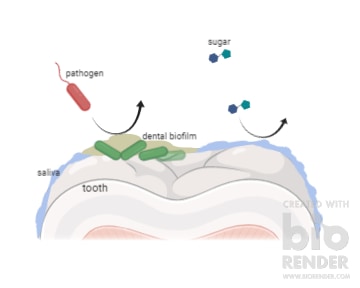
Plus, those commensal bacteria protect you from caries since they inhibit the demineralisation process of the enamel. For this, they produce special components that neutralise the pH and support the mineralisation process.
Other bacteria in your mouth can be nasty
And then we have pathogenic bacteria that are the sneaky ones and that can cause caries and tooth decay.
These bacteria have similar adhesins to bind to saliva and stick to your teeth. However, some of these bacteria can also bind to commensal bacteria, like the pathogen Streptococcus mutans. This one likes to stick to Candida albicans which is a member of our commensal mouth microbiota.
Other pathogenic bacteria can specifically bind to sugar molecules or use them as building blocks to increase the biofilm on your teeth. Like this, they create mixed biofilms of different bacteria.
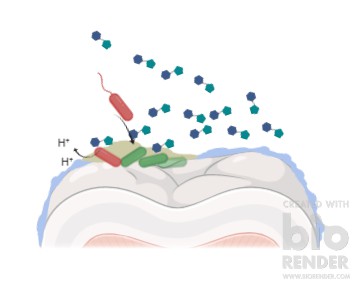
And within this bacterial biofilm, bacterial wars are breaking out! The commensal bacteria fight the intruders to protect us. The invaders try to get rid of the friendly bacteria to make themselves a new home.
And unfortunately, pathogens have strong weapons. They can produce strong acids from sugars which make our mouths very acidic. And our friendly bacteria don’t like such an acidic environment as they have a hard time handling it. So, this acidic environment eventually kills the commensal bacteria so that the pathogens have the dental biofilm just for themselves.
Now, we call this biofilm cariogenic and this is the onset of tooth decay.
How some bacteria cause caries on your teeth
Within such a cariogenic biofilm, the pathogenic bacteria keep the pH acidic. This prevents the commensal bacteria from growing. But as we have seen above, acidity triggers the demineralisation process of the tooth enamel. And this eventually leads to holes or cavities in the tooth.
So, it is NOT the bacteria themselves that “eat” the tooth and cause caries! Caries comes from the acidic environment that these bacteria create.
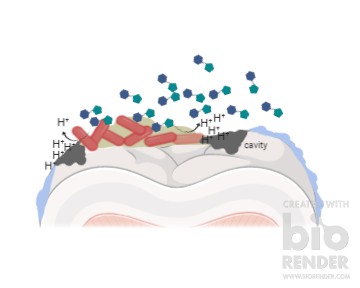
Just as a bacterial biofilm protects the commensal bacteria from the surrounding, this cariogenic biofilm protects the pathogenic bacteria. They also just want to survive (but please not in our mouth!).
The cariogenic biofilm also keeps the pH acidic so that sugar molecules can better diffuse into the biofilm and the bacteria have enough food. This provides the pathogens with more sugar so that they can keep making acids. Unfortunately, the saliva and its protecting components cannot enter the biofilm.
Help your friendly bacteria protect you from caries
Basically, caries disease is a shift of our mouth microbiota from commensal bacteria to pathogenic bacteria. With more pathogenic bacteria on your tooth, the pH becomes more and more acidic around that area of the cariogenic biofilm. Hence, this triggers the demineralisation process in that area of the tooth, which can result in those nasty cavities everyone is so afraid of.
Now, that we better understand how bacteria cause caries and tooth decay, maybe it is easier to refrain from those sugary foods after hours. And if you can’t help it, make sure to brush your teeth to get rid of the sugar leftovers. This will prevent those nasty pathogens from settling down in your mouth and causing disease.


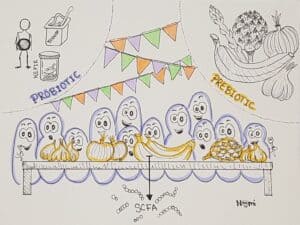
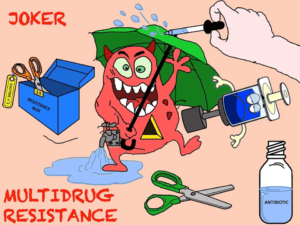
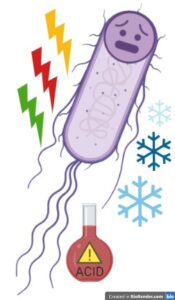
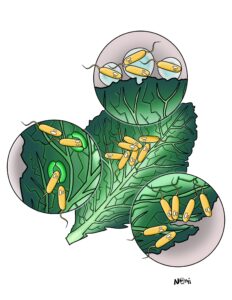
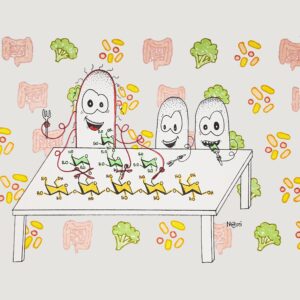
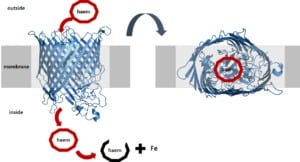
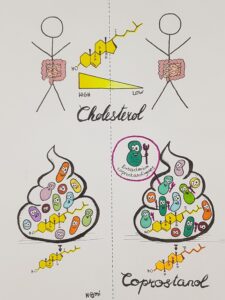
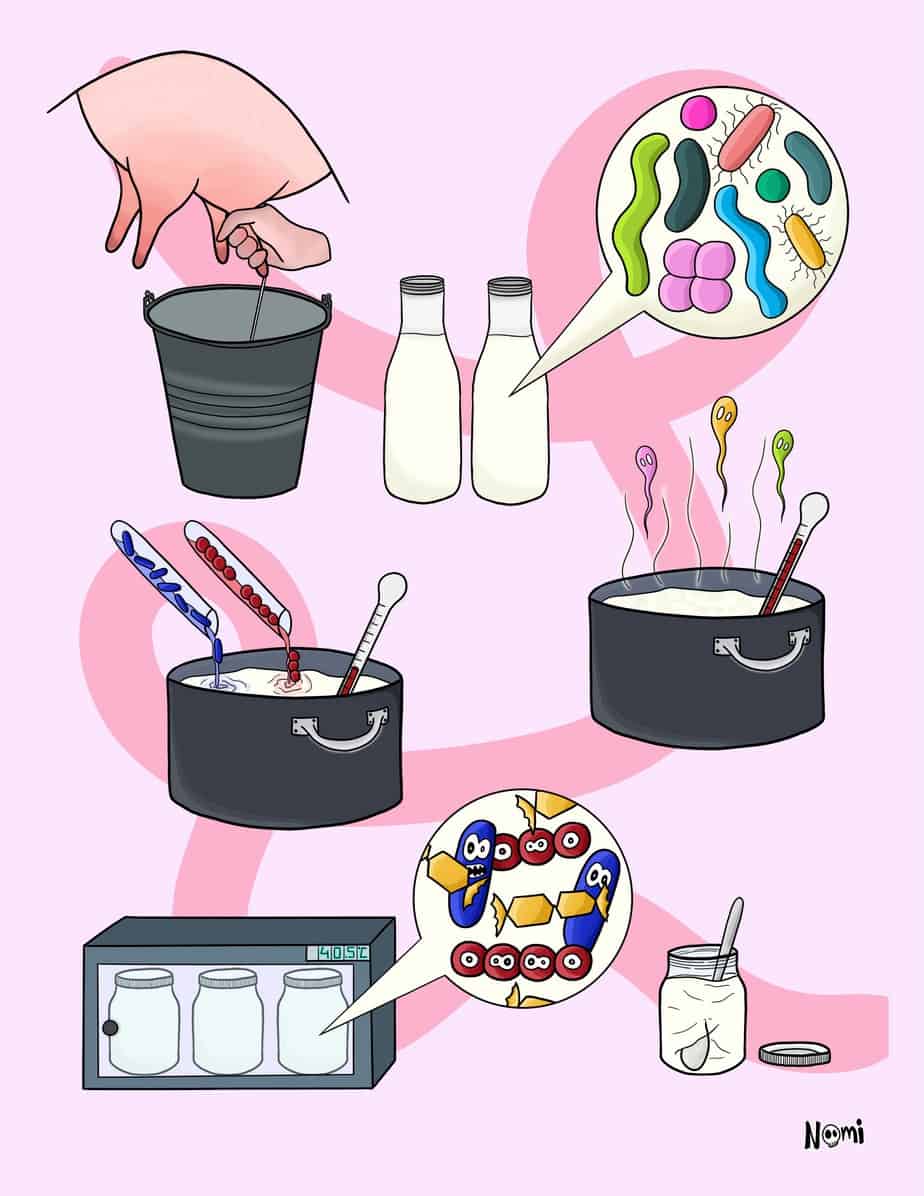
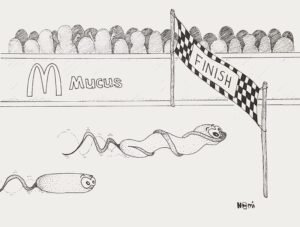
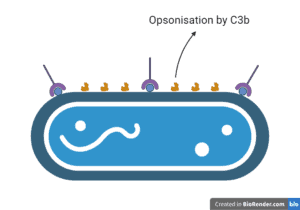

4 Responses
Nice informative blog. Love to read more
Thank you! Really glad you find it useful! :)